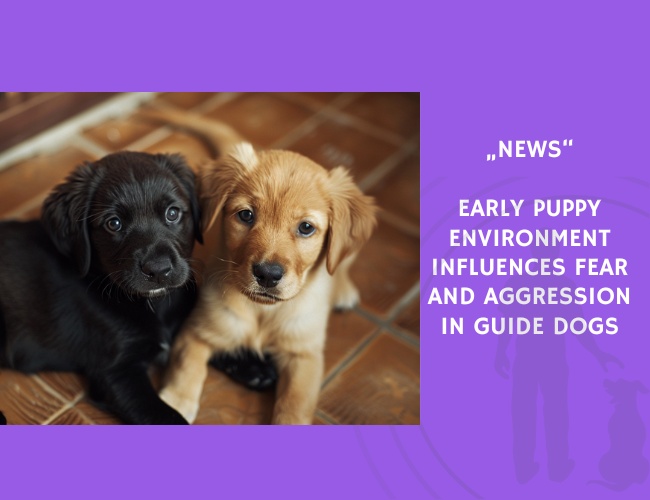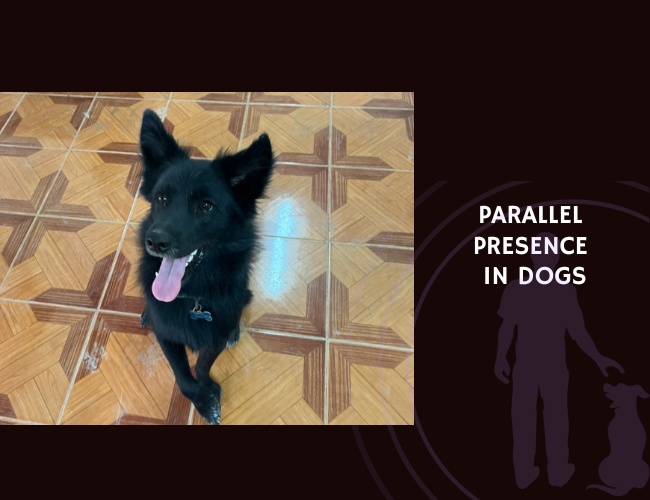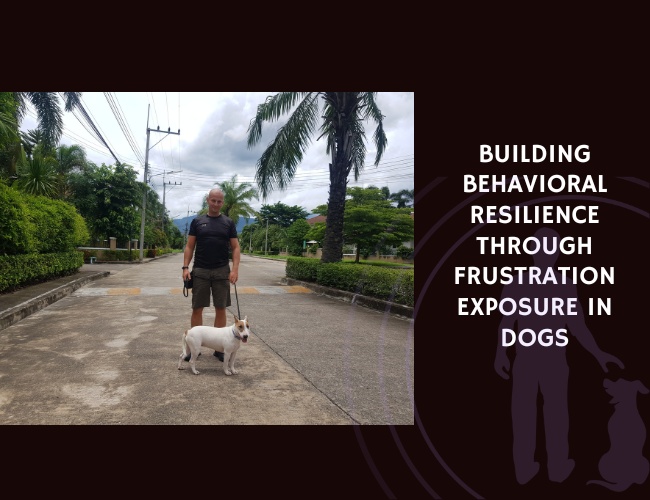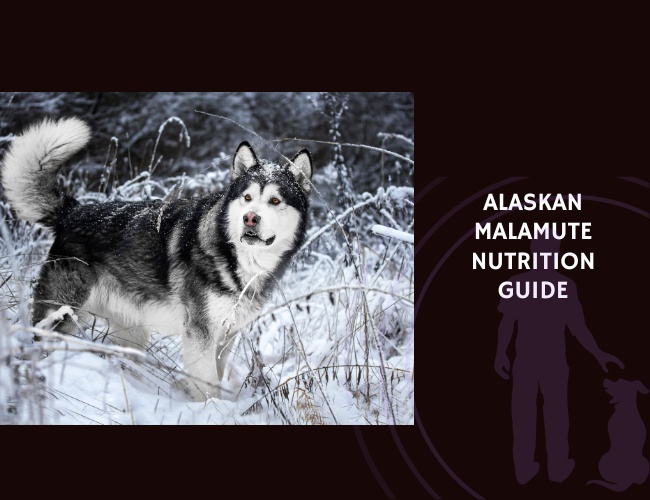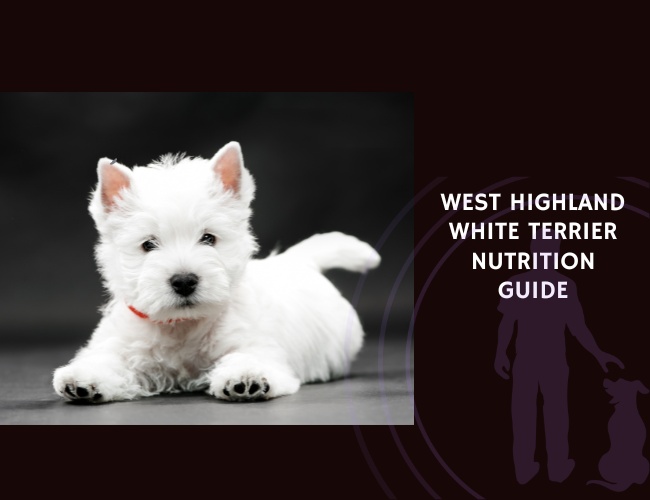A study of nearly 1,000 guide dogs shows how early social environment and handler experience shape long-term behavior outcomes, including aggression and fear.
Guide dogs play a crucial role in supporting individuals with visual impairments, but not all dogs successfully complete training. A landmark study by Serpell and Duffy (2016) examined behavioral development in 978 prospective guide dogs to identify environmental factors linked to aggression, fear, and training outcomes at 12 months of age.
Using C-BARQ behavioral assessments and detailed surveys of the dogs’ living environments between 6 and 12 months of age, the researchers found that dogs raised in homes with more experienced puppy raisers and alongside at least one other dog exhibited significantly better behavioral profiles. These dogs showed reduced aggression and fear, especially toward strangers and other dogs.
Conversely, dogs that had frightening encounters—either with unfamiliar people or dogs—tended to develop greater behavioral problems. German Shepherds, in particular, showed a rise in stranger-directed aggression during adolescence. The findings emphasize the importance of controlled, positive early life experiences and suggest that targeted improvements to puppy-raising protocols could increase success rates in guide dog programs.

